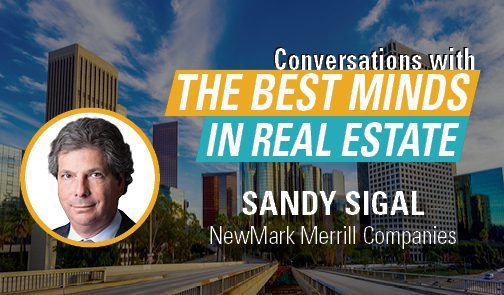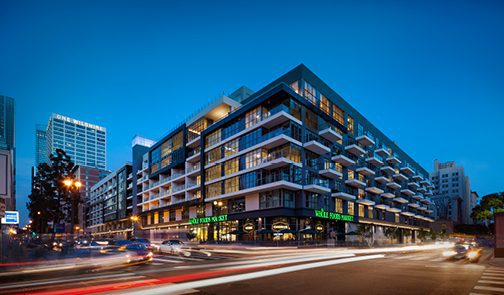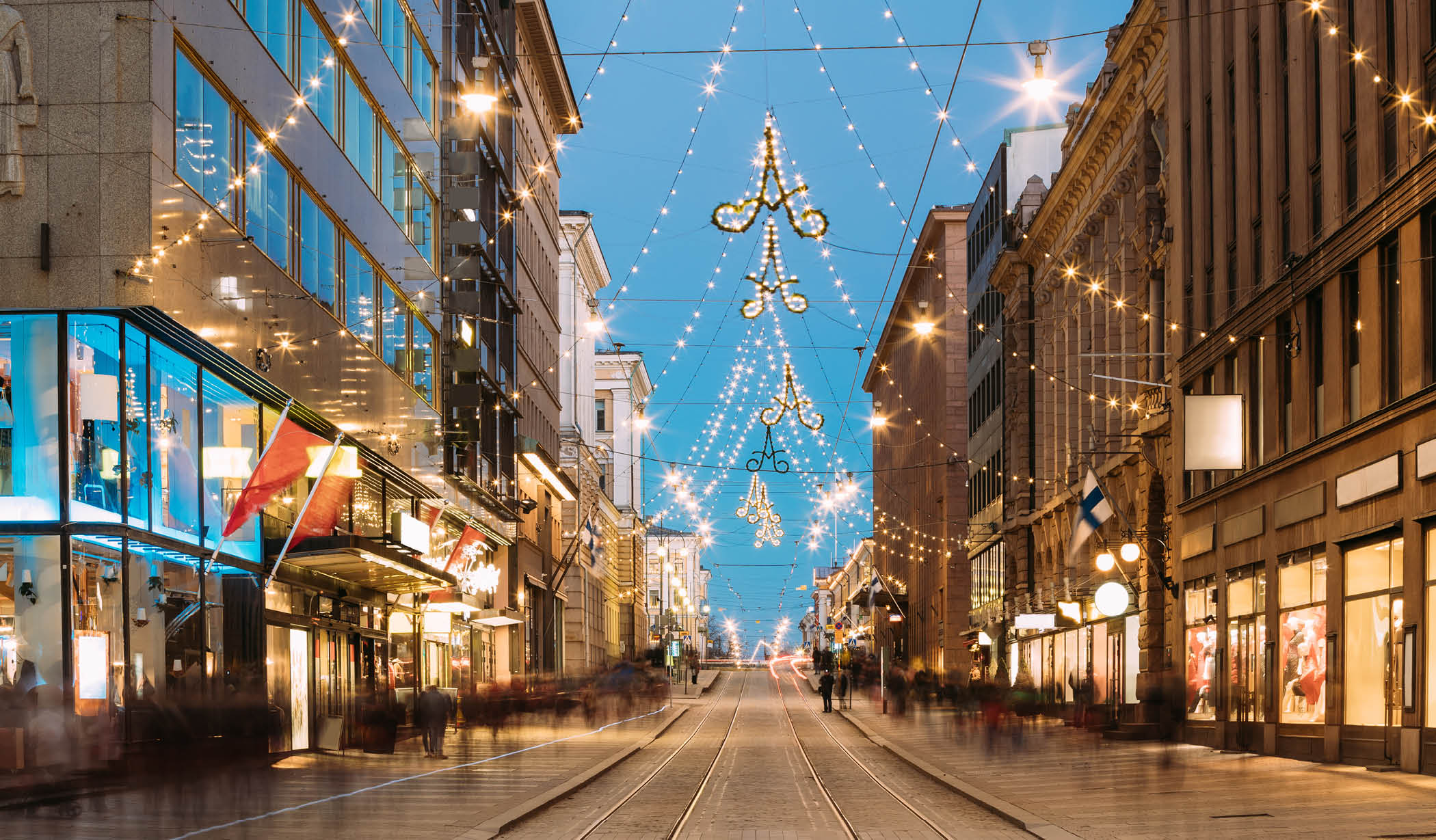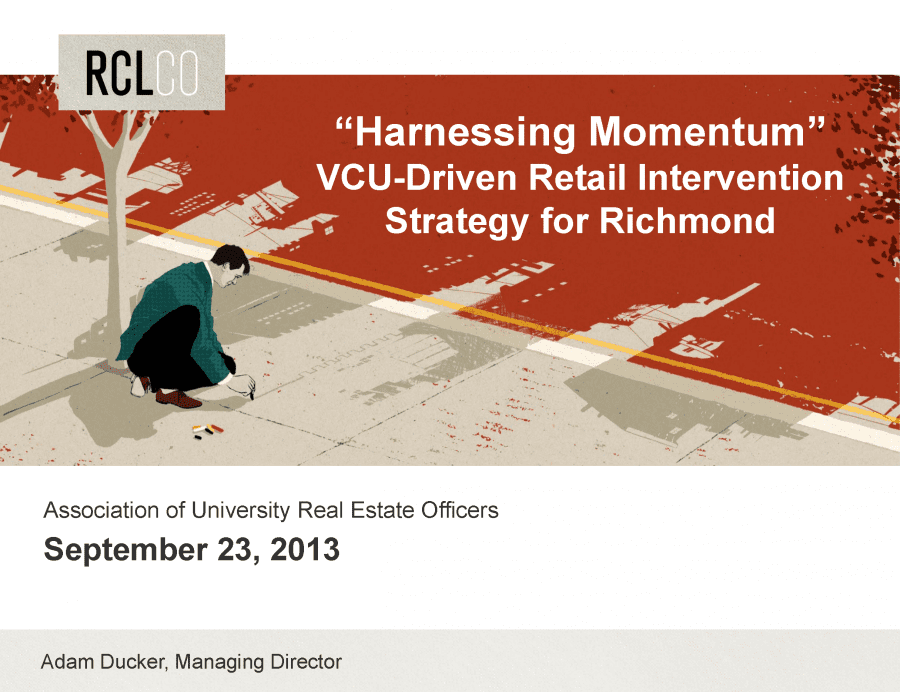Pop-Up America: Embracing Change in the U.S. Retailing Environment
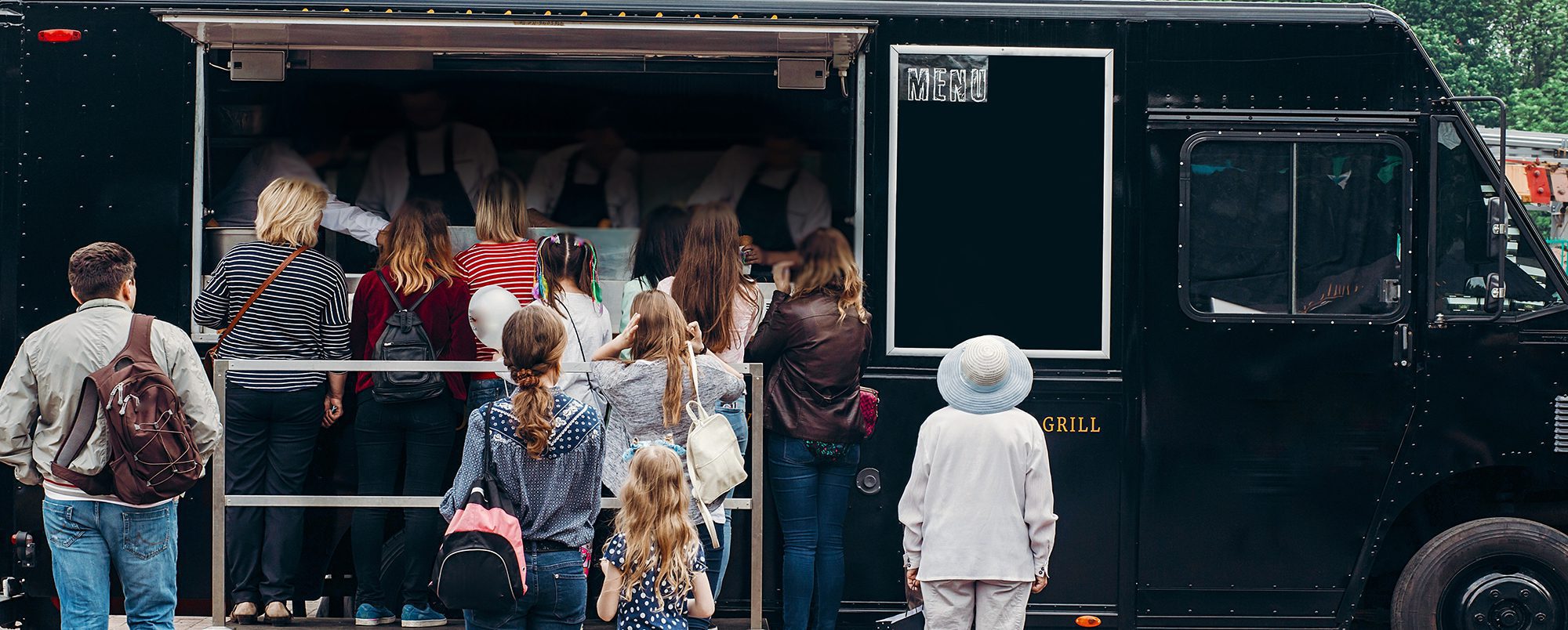
The retail market has been experiencing a significant shift during the past several years with a growing market share captured by e-retailing. At the same time, temporary, mobile, and rotating food trucks and pop-up retail have come on the scene in many metropolitan areas. This trend has been accelerated by the economic recession, the rise of social media, and the psychographic quirks of members of Generation Y. Some retailers and retail developers are striving to stay relevant to these consumers by embracing food trucks, discount stores in small scale/urban formats, and pop-up retail, and focusing on personalized marketing and creating an in-depth social network of shoppers.
While many owners and developers are nervous about these trends, and some have tried to counteract them, there are a growing number of examples of developers and retailers that have successfully embraced these concepts as ways to animate their shopping destinations.
This article explores Food Trucks, Urban Big Box, and Pop-Up Stores as phenomena that can have positive synergies with traditional retail.
1. Food Truck
The Concept: Since 2008, the existing tradition of mobile food sellers that has actually been around for decades has evolved into a modern nationwide sensation, fueled by a strong social media campaign dependent on Twitter and other social media tools that circumvent traditional marketing. A brigade of trucks has popped up in cities of all sizes across the United States, featuring any and every cuisine imaginable.
The Market Shift: Food trucks have risen in popularity extremely quickly, leading some to wonder if the trucks will reach a saturation point. Los Angeles, often considered the birthplace of the modern food truck movement, has hundreds of active trucks, and trucks are multiplying quickly in cities like New York City and Washington, D.C. Although it is possible that the number of new food trucks entering the scene will begin to decrease, cities are responding to the new market by updating antiquated mobile food vendor regulations to become more appropriate to the modern format, suggesting that this new style of dining is here to stay.
Food trucks offer aspiring restaurateurs lower start-up costs than the traditional brick and mortar approach, and they allow for restaurateurs to build a customer base all over a metropolitan area before settling into one location. Customers have reacted overwhelmingly positively to the trucks despite their relatively high prices, particularly in urban areas.
The Perceived Problem: Food trucks have led to concerns from many parties in the retail eco-system – particularly whether food trucks have an unfair economic advantage over the standard brick and mortar options. In response, many jurisdictions have enacted laws and regulations to attempt to level the playing field. Developers intuitively favor these regulatory actions, believing that their rent-paying tenants should not be forced to compete with these mobile trucks that often pay only the cost of a parking space. But there are ways for food trucks to coexist and potentially even help drive the traditional restaurant scene, thereby improving developer projects.
Embracing Food Trucks: Food trucks, which often cluster around areas of high activity, can be used by developers as a prime placemaking tool in early stages of development. The presence of food trucks signifies to passersby that activity exists, and the trucks attract needed foot traffic. Food truck gatherings are popular in many areas of the country such as Austin, with its famous food truck roundups. The trucks often pay a “rent” to be present at these day-long events, accompanied by music and other forms of entertainment. Food trucks rely on social media as a marketing tool and often bring their followers to new places where they have never previously been. While still of concern to traditional restaurants, “body heat” from food trucks can actually help traditional retailers and restaurants.
Suburban office parks, in particular, may benefit from the presence of food trucks, as potential or existing tenants may be more willing to sign or renew leases if the office park is made more interesting to its employees by regular visits from innovative food trucks.
Case Study–Union Market, D.C.: EDENS, a community-oriented retail developer on the East Coast, unveiled the revitalized Union Market in Washington, D.C., in September 2012. Once home to the largest market in the city, the area one mile from the U.S. Capitol had become underutilized and catered almost exclusively to wholesalers. To celebrate the new Union Market and its array of permanent foods-oriented retailers, EDENS has hosted a series of food truck events since 2011 to attract visitors from across the city to see what is being done in the space. These events have had large turnouts of over 1,500 people, many of whom would never have been aware of the new space without food trucks’ marketing efforts.
2. Small Scale/Urban Format Anchors
The Concept: Many large-scale retailers are eager to downsize and create a new format for the traditional big box concept, particularly in underserved urban areas. Walmart and Target are just two of the big names that have created urban format stores for smaller building footprints. Grocery stores like Whole Foods and Trader Joe’s have long engaged in creative space problem solving to fit smaller footprints. At the same time, restaurateurs and bars are more interested in having a “hip” and cool spot: even Starbucks and McDonald’s have been experimenting with new layouts, hiring architects and design firms to revamp their traditional formats.
The Market Shift: With the increase of e-retail, the need for big box space is declining and many suburban locations appear to be adequately served by these retailers. The growing interest in infill development sites, often mixed-use in nature, further advances the trend of smaller retail anchors. Infill opportunities are often both space-constrained and situated in dense areas, enabling traditional retailers to update their business plans to respond to newer, more mobile, more fast-paced ways of eating and shopping.
The Perceived Problem: Urban planners and neighborhood residents sometimes see traditional big box retailers as unsophisticated options that will discourage potential customers looking for traditionally higher quality and more unique tenants, and generate unwanted traffic. Furthermore, in some cases developers are wary of brownfield redevelopment sites because of contamination concerns. Parking can also be considered an issue, as grocery stores and big box retailers have historically required large parking lots or garages that are expensive to build or consume excessive land.
Embracing Small Scale/Urban Format Anchors: Infill spaces can create a retail experience that is more dynamic than traditional malls. Members of Generation Y have increasingly demonstrated that when it comes to convenience shopping, they are less concerned than their parents with the reputation of traditional discount stores. In fact, these stores drive traffic and help with placemaking, and they serve as anchors to attract a wide range of other stores. Many of these retailers have become very sophisticated in terms of adapting to non-standard building forms. Additionally, these stores are considered amenities for other uses built alongside them. While some jurisdictions have discouraged introducing big names in urban areas for fear of killing local independent competition, the reality is that most urban areas are so undersupplied with retail that these stores actually turn neighborhoods they enter into retail destinations, often acting as catalysts for smaller retailers.
Case Study–DC USA: Developed by Grid Properties in 2008, DC USA is now the largest retail development in the District of Columbia, with over 500,000 square feet of retail and the city’s first Target. It is located in Columbia Heights, a revitalizing urban neighborhood. The project also includes a 1,000-space parking garage. The project has been wildly successful, as RCLCO predicted in the market analysis we conducted for the development—the Target boasts some of the highest sales per square foot in the MSA. However, the garage has been illustrative of how developers can continue to learn the best way to effectively deal with new urban format retail. Because so many consumers use public transportation to shop at DC USA, the parking lot is strikingly underutilized. Developers need to stand firm in their resistance to some cities’ and anchor tenants’ requests for more parking, highlighting the popularity of rail, buses, taxis, and walking for urban residents.
3. Pop-up Retail
The Concept: Food trucks are not the only example of pop-up retail. Seasonal retailers have long been a part of the retail scene, but they have not historically been a part of the business plan. Pop-up options can play a part in the plans for new retail developments that want to compete with e-retail by providing customers an “experience.”
The Market Shift: Infill development has given pop-up retailers new importance, as they are often willing to occupy underutilized areas before development has been completed, thereby helping with placemaking and providing initial cash flow. While pop-up retailers have traditionally been used to temporarily fill unwanted vacancies, the retail may well increasingly include more transient spaces that aim to keep the development fresh and dynamic.
The Perceived Problems: Developers and their lenders are wary of pop-up retail because of this volatility. Most developers would prefer to have long-term leases signed and put away, as demonstrated by the typical discount for longer leases. Pop-up retail presents an unknown that requires someone to constantly be on the lookout for the next temporary tenant. Developers also see turnover as bad for a site’s image: if customers return to retail destinations for specific shops, and they are no longer certain that the shop will be there, they may be less likely to revisit.
Embracing Pop-up Retail: Despite these concerns, some developers are embracing these trends because of the changing demographics of customers and the increasing use of social media and e-retail. As consumers increasingly turn to online shopping, their priority when visiting a retail destination is the activity itself, or the opportunity to be entertained by encountering something new and unexpected. This means that a constantly changing tenant list, particularly if it includes unusual vendors, may keep customers coming back. Developers programming retail space specifically to accommodate pop-ups, and even giving them premium locations, may find they are the “pixie dust” that can keep a retail environment fresh.
These spaces may accommodate pop-up retailers interested in eventually signing longer-term leases, artists for temporary studio and performance space, a farmers market, or a short-term summer camp. All these options bring new customers to the site and keep the development newsworthy.
Case Study—The VerdeHOUSE: Organizations such as The VerdeHOUSE in Washington, D.C., deal specifically with filling underutilized space with temporary uses. The VerdeHOUSE partners with real estate professionals to find the right temporary tenant with the goal of turning spaces into event venues. Past events include O’Neill Studios Salon Party (a party and workspace/gallery that benefitted Research Down Syndrome in a vacant commercial office building owned by JBS Ventures), Ledbury (a one-night shopping party in a vacant property owned by Foxhall Partners), and Saint Elizabeths East (a series of summer events that RCLCO also participated in that was designed to contribute to placemaking for a former hospital campus owned by the city). The VerdeHOUSE describes itself as working “to facilitate the temporary use of vacant space in order to market and potentially recoup holding costs of property. As a result of short-term use, an unoccupied property benefits from hassle-free event management, supplementary foot traffic and event and marketing exposure.”
Jenn Burka is an Associate in RCLCO’s Washington, D.C., office, and a member of Generation Y. She has a particular interest in how the retail development industry can adapt to the preferences of her generation and the challenges and opportunities associated with fast-changing technology and social networking.
Disclaimer: Reasonable efforts have been made to ensure that the data contained in this Advisory reflect accurate and timely information, and the data is believed to be reliable and comprehensive. The Advisory is based on estimates, assumptions, and other information developed by RCLCO from its independent research effort and general knowledge of the industry. This Advisory contains opinions that represent our view of reasonable expectations at this particular time, but our opinions are not offered as predictions or assurances that particular events will occur.
Related Articles
Speak to One of Our Real Estate Advisors Today
We take a strategic, data-driven approach to solving your real estate problems.
Contact Us

